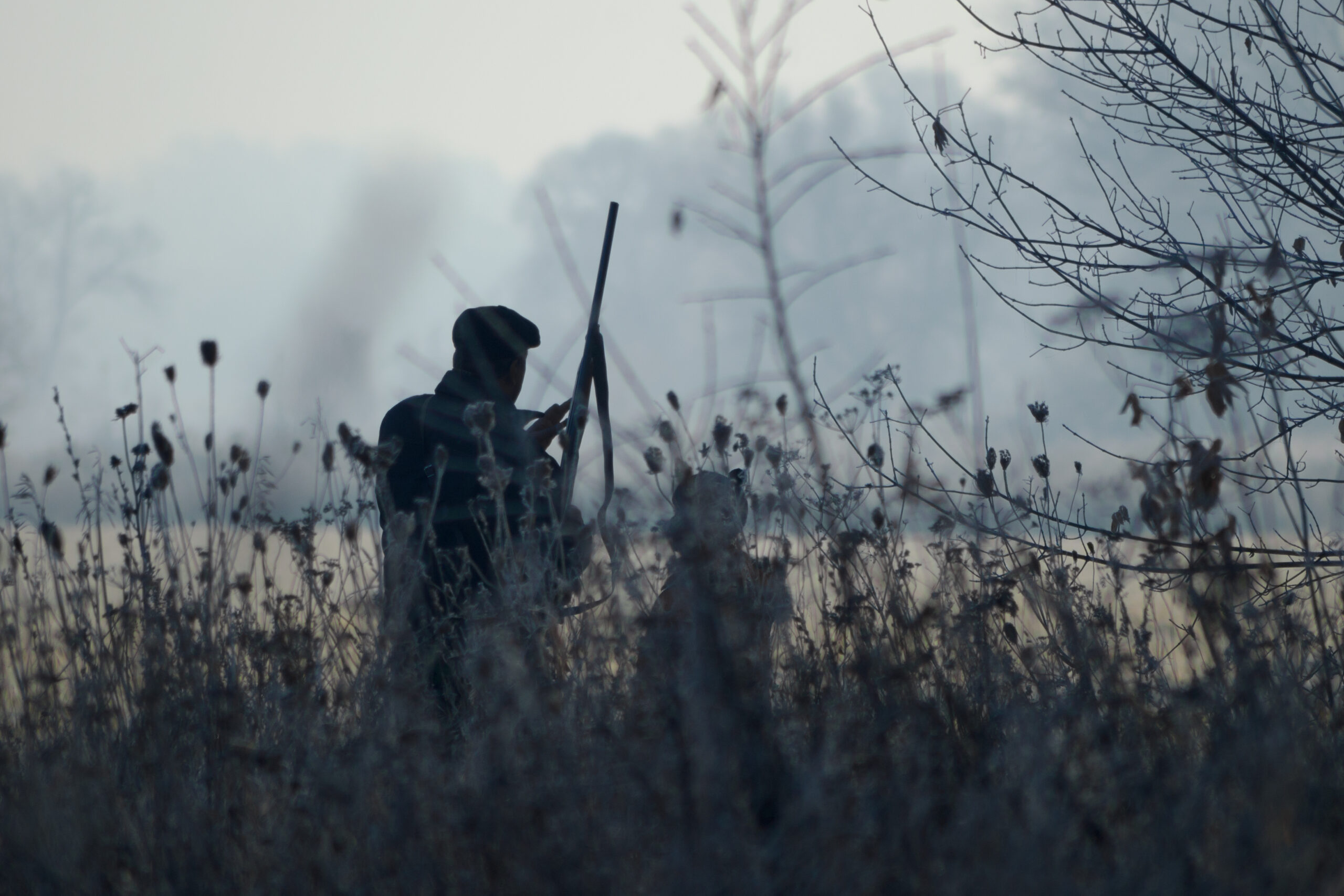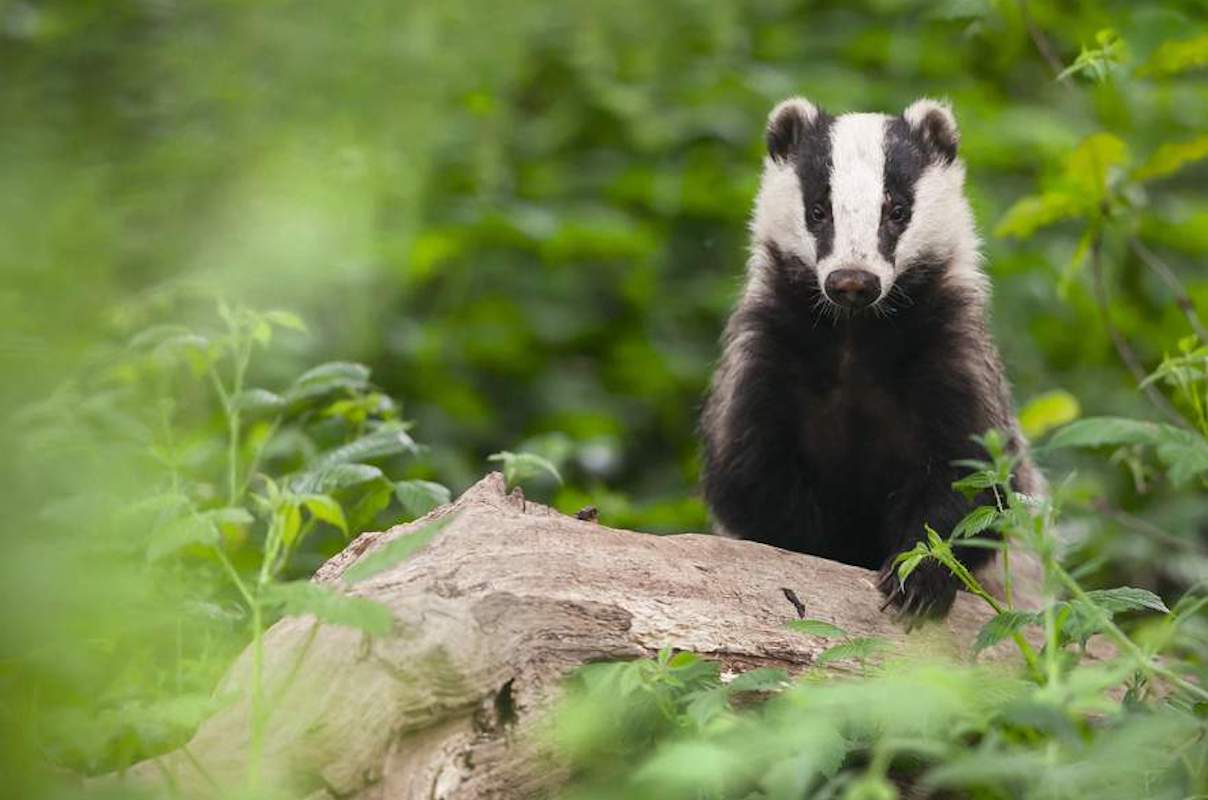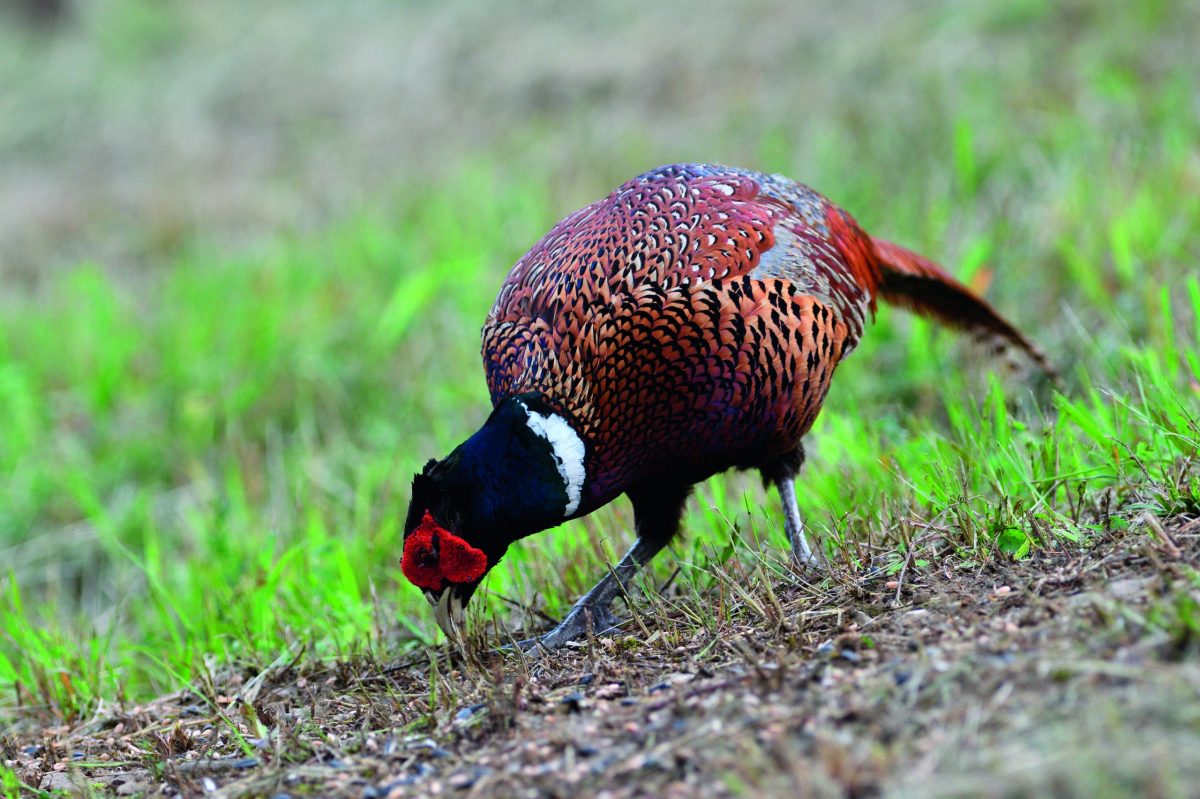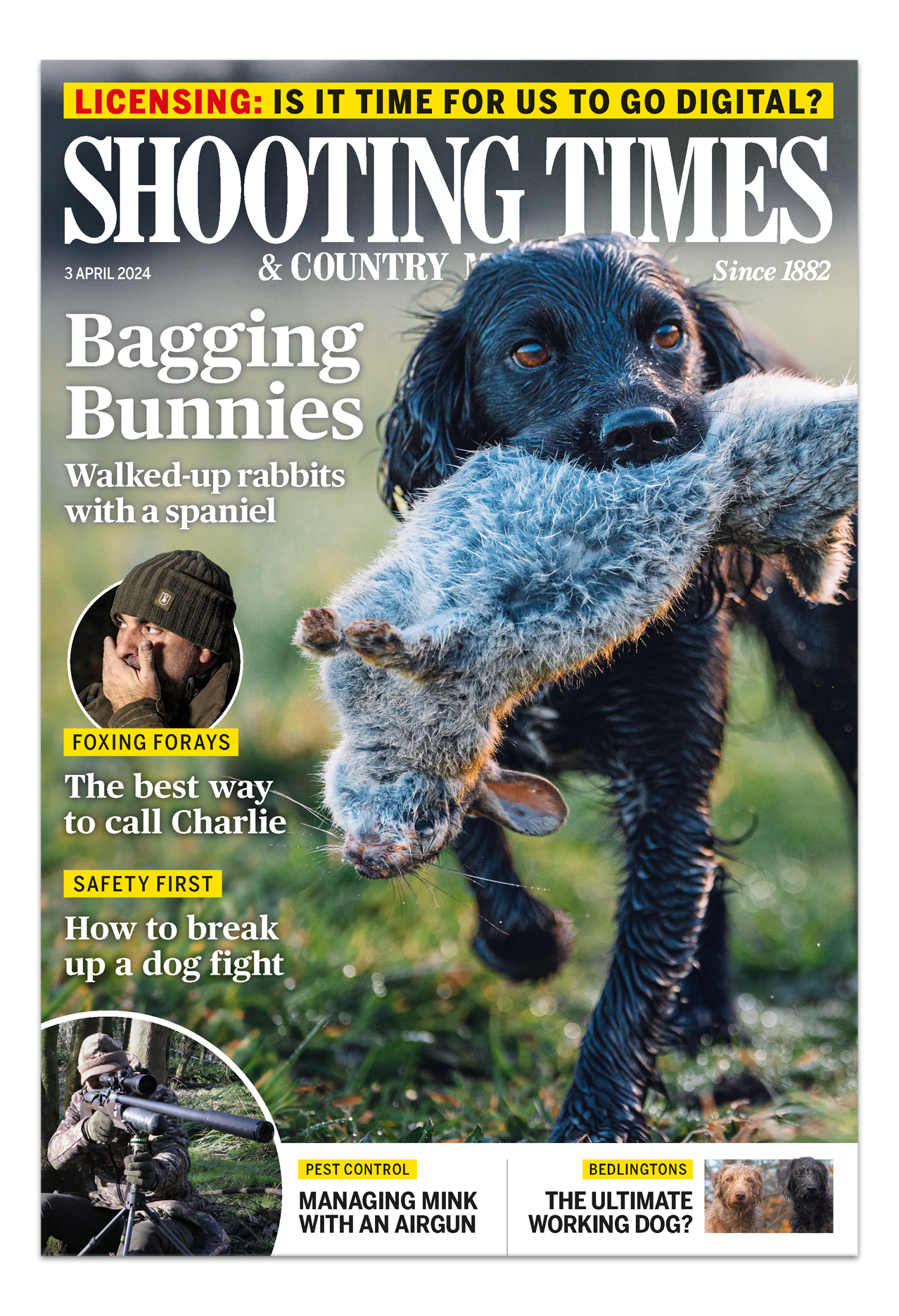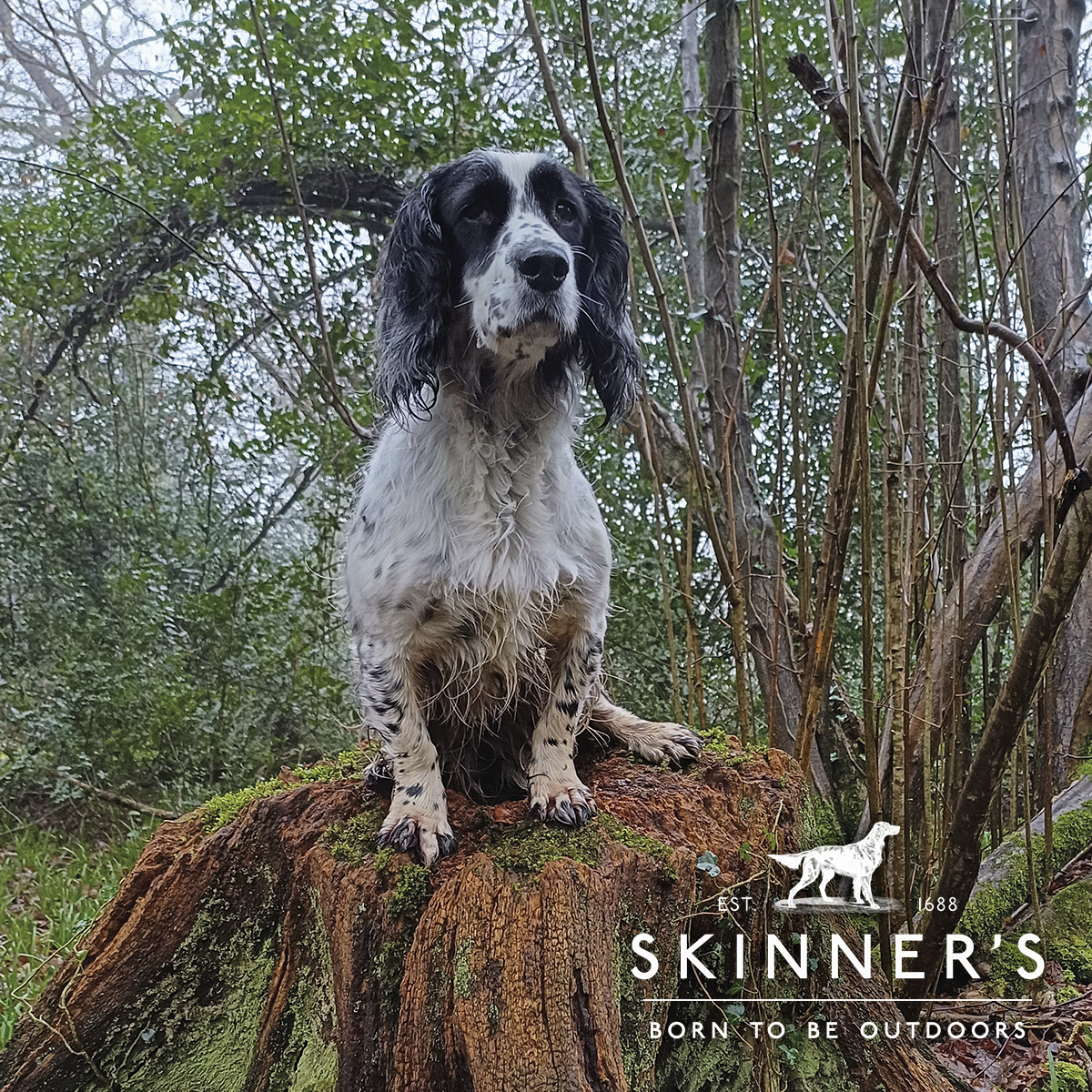Detecting deer damage
Shoot enough does? Be safe at all times? Never take the wrong beast? What are the most important things for the deer manager to achieve? Not one of these, though of course they are all important. For the majority of stalkers, the most important thing they can pull off is to go along with the aspirations of the landowner, even if this may involve cutting across the ideal rules of deer management. Whether it is farming or forestry, gameshooting or whatever else the estate priorities may be, the deer and their manager have to fit in. Fail on this, and you will be out.
Accusations of deer damage after no more than a cursory glance out of the Land Rover window are a source of needless annoyance and time-wasting. If the stalker takes such reports as accurate without going to the place and checking, he may be pursuing a non-existent beast. Deer can damage ripening maize, but so can badgers. Which was it? Go and look. There will be tell-tale runs with badger hair on the barbed wire if Brock is the culprit.
A roebuck can tear the bark off young trees, but so can rabbits, hares, bank voles, squirrels and, in fact, the forestry gang (we used to call that ?Sheffield Wilt?). Sometimes the culprit is obvious, sometimes minute examination is needed, for example the chewing marks of narrow rodent teeth. I was called in once to a case of very serious browsing with everyone jumping up and down about too many deer. Luckily sheep?s wool is a very durable material and bunches of the stuff were draped on every bramble. ?Oh, yes, well, the ewes did break in a few months ago?? It?s no use shooting every deer in sight if they don?t happen to be the culprits or if the season for that particular problem has passed. All too often you will find that damage was done months ago.
Bark stripping, which is different from antler fraying, normally indicates the presence of red or fallow deer, and is done with the teeth in an upward pull, the lower incisors leaving broad scores. Prodding, a feature of sika-inhabited woods, leaves very similar marks, but is done with the antler tips. Identify the type of damage and species responsible and then, if the damage is fresh, act accordingly. The landowner should ? and will ? expect no less from you.
Fraying by roe is a constant source of irritation, partly because the majority of damage is done to the outside and most visible rows of plants. The forester assumes that the inner rows are just as bad. A big proportion of it is done by immature bucks needing to assert themselves, so it is good policy to take plenty of that age-class early in the stalking season, leaving the territorial bucks to police the area when you aren?t there. Where fallow are also present and there is an outbreak of fraying in the spring, remember that this species has the habit of fraying just before antler cast. Quite likely their heads itch as their antlers loosen. The height of this damage is a giveaway.
The problem of identifying damage was highlighted recently by a letter from a friend in the Eden Valley, in Cumbria. He had noticed a Corsican pine with what looked like fresh roe fraying, but it was during a pheasant drive in November. He sent measurements and photographs showing an 11in patch of exposed cambium on this 4½in diameter tree, starting 11in from the ground but with additional marks of prodding nearly to ground level. Roe are abundant in the area and all this is perfectly consistent with fraying by a mature roebuck with reasonably widespread antlers, but if it was as fresh as it looked, the time of year was completely wrong. Could it be a stray sika stag? They are spreading from their heartland round Peebles, but none had been seen locally.
There was no doubt that this damage was done by antlers, not teeth. What a help it would be to go down there and see it, but from the photographic evidence, my own feeling is that it was done late in the rut by a roebuck, but for some reason the exposed patch looked recent, enough even to deceive a keen forester.
These mysteries are the stuff of deer management. They are usually much easier to solve, and then suitable action can be taken quickly. Prevention, however, is better than cure. When expensive new planting projects are under discussion, it is pretty rare for the deer manager to be invited to the meeting. When the young trees look like cauliflowers because the twigs are eaten off as they emerge from their tubes, it is too late to realise that in places where fallow even occasionally pass through, planting 1.2m tubes is a waste
of money.
The stalker then has to cope with a situation that could have been avoided by better consultation. Even so, you probably have to bite the bullet and get on with shooting more or different beasts than necessary, just to keep the peace ? and your stalking.

